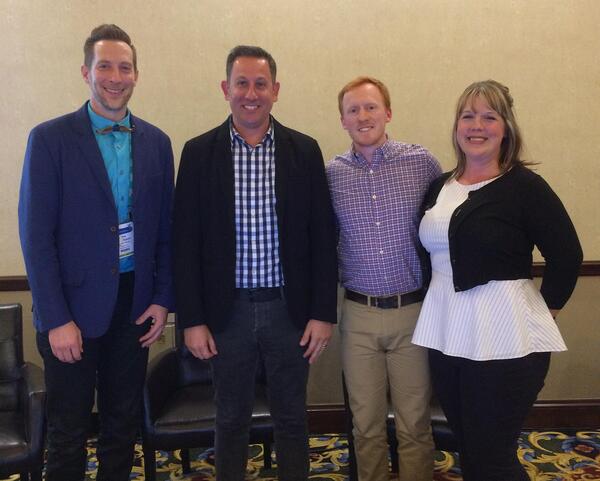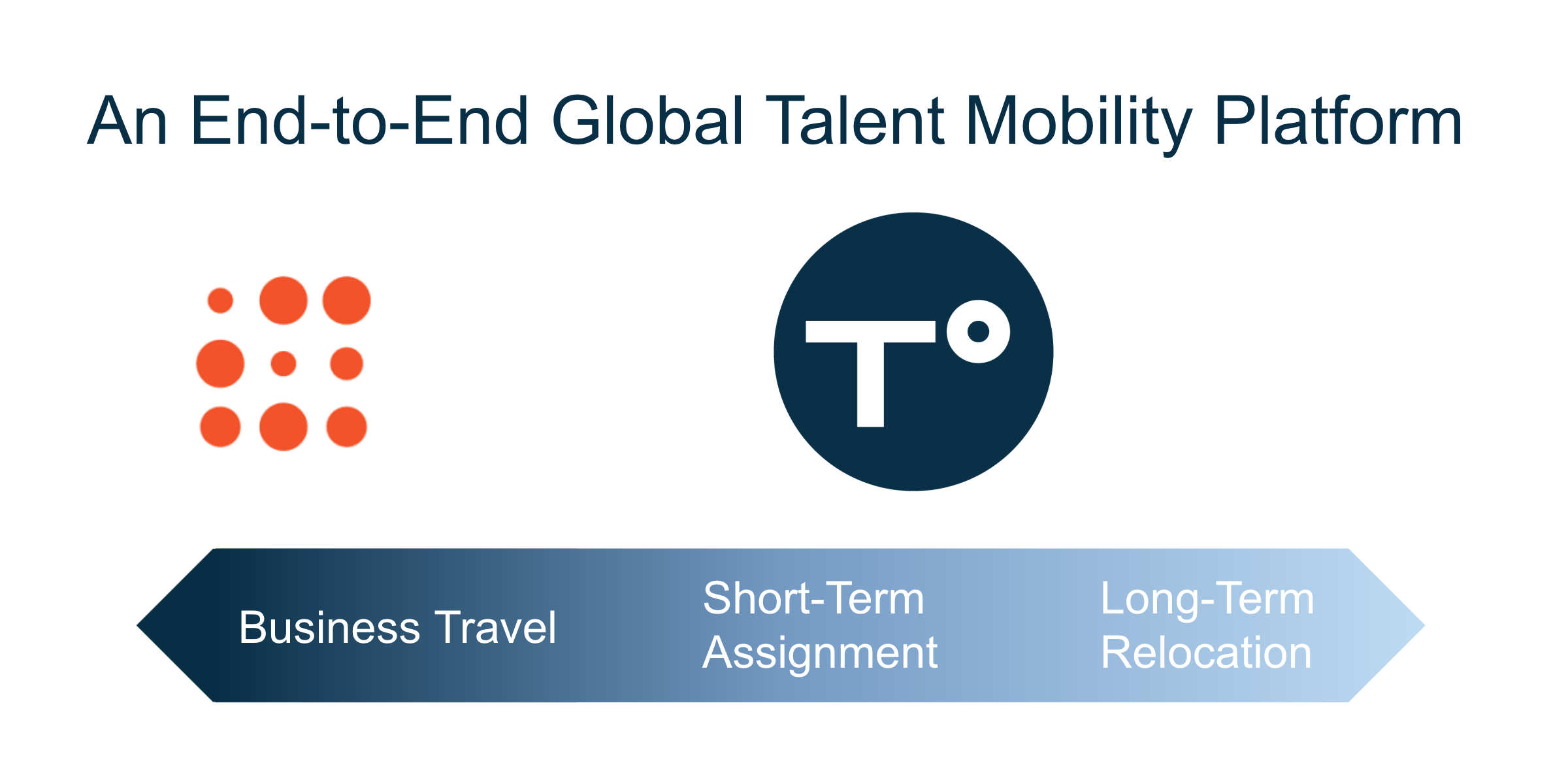
Disruption and Innovation – Takeaways from AMC
At the Americas Mobility Conference in Dallas this week I had the privilege of joining a panel on Disruption and Innovation. In this blog I’ll share some of the concepts and ideas we discussed during that session.
Disruption and Innovation can be scary words to hear in relation to your industry or job. But when you break them down they actually can become welcome concepts that make your life a lot easier.

Innovation can be defined simply as any new process, idea, or product. Not too scary, right? Disruption is the result of innovation that creates a new market and value network that typically displaces market-leading firms, products, and alliances. While disruption and the associated change may seem daunting – with having to change how you work – the net outcome is almost always positive for employees and businesses. A disruptive change may make your world a little hectic – for example when implementing a new technology system that takes a number of months to go live – but the end result is typically a reduction in manually processes, more efficiency in teams, and ultimately enabling folks to do more strategic work.
Now, not everyone is an innovator, and that’s okay. Some people love to drive change, others like to stabilize and implement process and then there are those that like to maintain order – you can think of them as “commandos, soldiers, and police”. Organizations need all of these types of people to keep the wheels running.
In many cases you may want to drive change in your organization, but you’re not sure how. The challenge with most organizations is that change is driven by dollars and cents – what’s the ROI. HR/People teams are at a bit of a disadvantage in that it’s only relatively recently that organizations have realized the strategic value of the HR function in attracting, retaining and developing a company’s true move valuable resource – their talent.
Yet it still may be necessary to put together a compelling business case to convince your broader team or organization that innovation and change is necessary. To do this take a look at your processes and how much time and money goes into the current way of doing things. Compare that to an ideal state, identifying the savings in time and money that would occur. If you’re not comfortable putting together a business case your solutions partners should be able to help you create the compelling case to present internally.
At the end of the day innovation and disruption in how we work is happening. You can either fight against or get ahead of it. Experts agree we’re currently in the Fourth Industrial Revolution. This time it’s all about technology enabling us to focus on the uniquely human aspects of work, like creativity. It’s said that in the next 5 – 10 years technology and AI could replace 25-50% of jobs. But with this job replacement also comes job creation and new types of work, as there are new skill sets required to accomplish technology enabled tasks.
For mobility professionals this change in how we work is a great opportunity to firmly place the mobility function in line with business and talent strategy. With technology changing how we work businesses will need to be able to easily re skill and redeploy talent. The redeploying talent is where mobility comes in. In order to keep pace with the increasing business needs mobility teams must embrace their own innovative disruption to ultimately streamline how they work and the business value they provide. In this way the mobility function will truly enable workforce agility moving forward.



